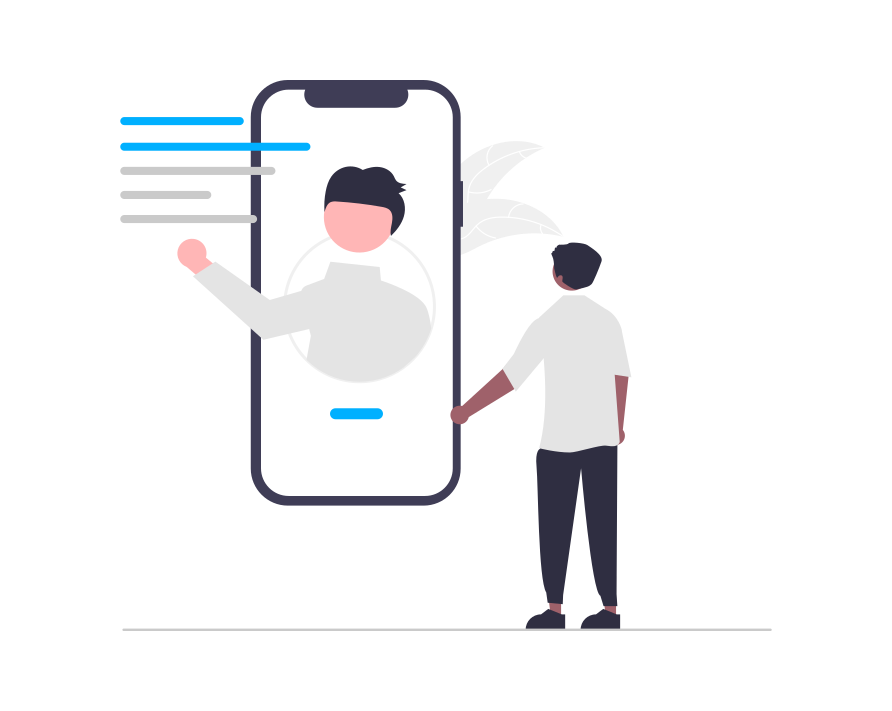Setting Javascript Goals Tracking
JavaScript Goal Reporting (IT Required)
A JavaScript Goal provides you with a standard JavaScript conversion pixel. When executed, the JavaScript conversion pixel performs two functions:
- It notifies e-Marketer that a conversion took place, and registers an increase in that particular conversion rate for every Audience and Personalization Action that were matched or executed during that session.
- It keeps track of the Goal Value for every particular conversion and reports them for every Audience and Personalization Action that were matched or executed during that session. The overall Goal Value to the website for every particular goal, can be found in the “Metrics Over Time” chart in the Audience Analytics section.
- To set up a new JavaScript Goal:
- Go to the “Goals” section, under the settings Menu.
- Click on “Add New Tracking” and select the “Get JavaScript…” option:
- Customize Your Goal
- Name Your Goal.
- Specify the Static Goal Value to be assigned to the conversion, in the event the container is empty or doesn’t exist.
- Copy your JavaScript conversion pixel, embed it on a relevant page, or set it up to be as a JavaScript action to be executed in the event of a specified Audience/Segment being matched.
Note: There Are Three Ways to Execute a JavaScript Conversion Pixel:
- Embed it in a Page – this is the same as Google Analytics conversion pixel, e-Marketer conversion pixel can be embedded in any webpage, and executed every time a visitor arrives to that webpage. For example, when a visitor arrives at the “Thank You” page at the end of the checkout process.
- Attach It to an Audience: The real benefit of using e-Marketer’s JavaScript Conversion pixel stems from e-Marketer segmentation engine’s ability to describe and identify just about any visitor behavior, activity, and data.If you are capable of verbally describing a “Converted” visitor, you can use e-Marketer Segmentation Engine to identify visitors matching your “Conversion Audience” description, and execute a Conversion Pixel using a JavaScript Action.For Example, a visitor who completed the checkout process after adding more than 5 items, or $100-worth of products to the shopping cart.
- Execute After an Action Event Took Place: e-Marketer has the ability to learn from, and respond to, the visitor’s interaction with its personalization actions, representing a unique personalization flexibility. When creating a Personalization Action, such as a popup, you can instruct e-Marketer to respond differently in the event of a visitor clicking on the popup, than the events of him closing it, or ignoring it altogether. One of the available event-response options is to execute any custom JavaScript code, such as the JavaScript Conversion Pixel. For Example: When trying to reduce your shopping cart abandonment ratio with an exit-intent discount popup, a visitor clicking on the popup, and continuing with the checkout process can execute a JavaScript conversion pixel, and count a separate Conversion Rate.

